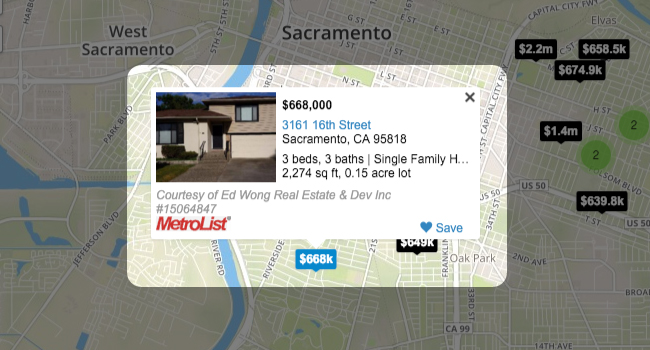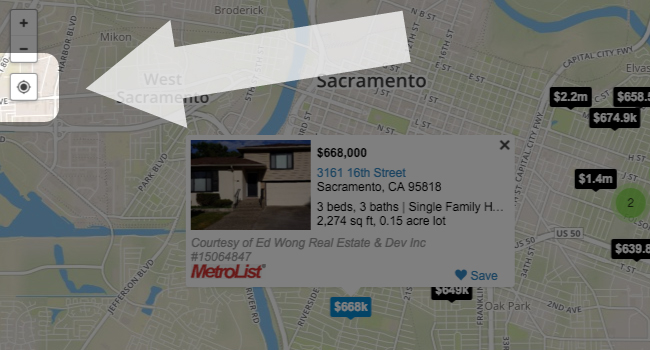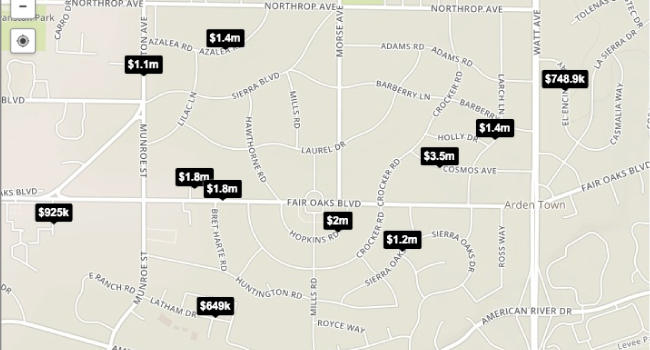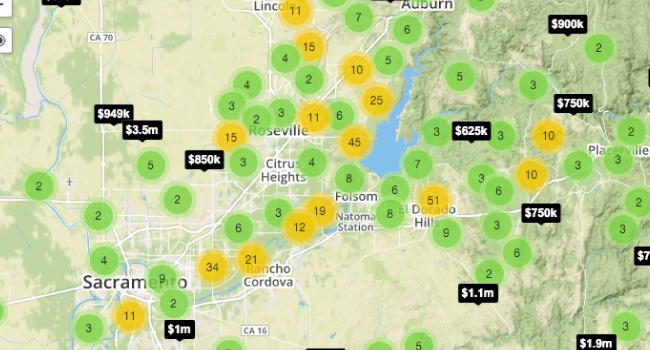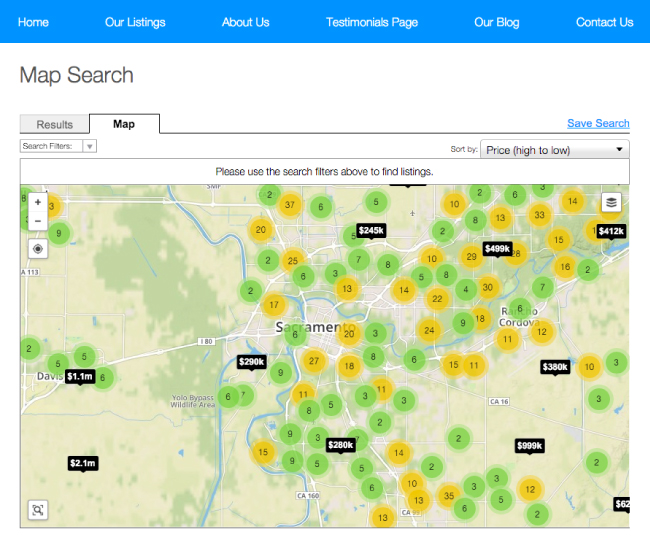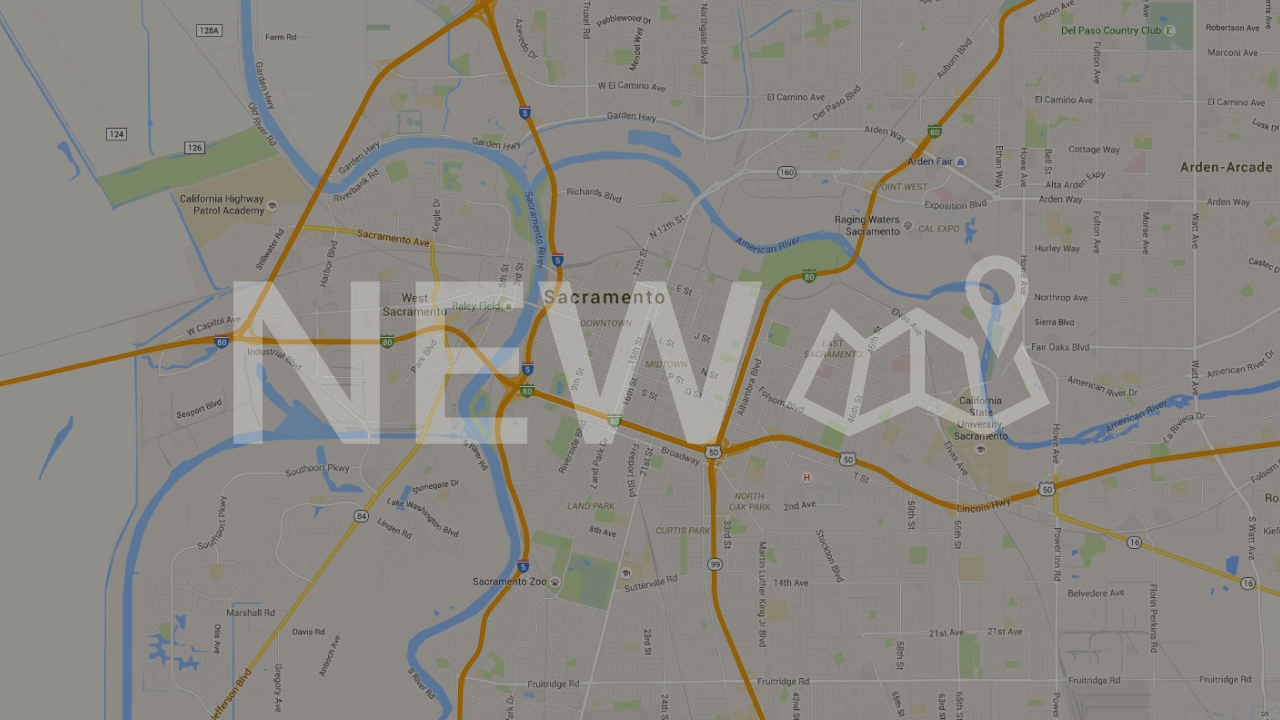
Map Enhancements
January 19, 2016We’ve made several enhancements to our Elite Website maps:
New Map Listing Popups
The map marker popups have been redesigned and standardized. They all include the “Save listing” option now.
New Location Control
There is a location icon now under the zoom controls that lets you find your current location on the map.
New Map Marker Icons
Map markers have been changed to show a price label instead of the old house/condo icons. Active listings use an abbreviated form of the price as a the marker label e.g. “$770k”. Closed listings use their display status as the label, e.g. “Sold”.
Marker Clustering
All maps now use marker clustering. Whenever there are a large quantity of map markers in the same area, they are clustered into a circle showing how many markers are in that area. When you click on the circle, it zooms the map in a level, revealing more of the individual markers.
The previous maximum number of listings we could plot on the map at one time was 200. The clustering lets us display up to 1000.
Marker Spidering
Sometimes there will be several markers that share an identical lat/lng position on the map: condominiums within the same building for example. Initially these get clustered into a circle marker that shows how many units there are. When clicked, the circle “spiders” the markers out from the shared point with lines leading back so that the individual listing markers can be seen and interacted with individually.
Map Search Page
The search filters form now uses the omnibox instead of only being able to search by city.
There is a sorting option now for the search results.
The results panel now uses larger, more consistent listing tiles and lazy-loads in new ones as you scroll down.
The map search page no longer works the same way it used to. It does not continually find new listings as you move the map around. Instead you choose a location or a map area first, and then explore the results using the map. This creates a better user experience because you’re not being interrupted every time you pan or zoom the map with a loading message while you wait for the new set of listing results to load.
There is a new Search This Map Area button. This performs a new search using the visible map area as the location (bounds). It also clears out any value you may have had for “location”, since it is using the map area as the location. If you zoom out you will notice a rectangle on the map defining the area you are searching.
Settings
You can have multiple maps on a page now, including multiple map widgets on your homepage or a map widget in your subpage sidebar coexisting with the map search page or one of the other pages that has a map in the main content area.
Map settings have been simplified a bit. Featured listings and mls search results pages now share a single set of map settings instead of being treated separately. This is part of a larger effort to make listing display uniform wherever possible.

By Stephen Gruenholz
Stephen serves as both Graphics Manager and Product Manager at iHOUSEweb. He graduated from Cal Poly with a BS in Applied Art & Design and has been working as a Web Designer and Developer since 1998. He relentlessly pushes himself and the rest of the team to learn, grow, and innovate.

